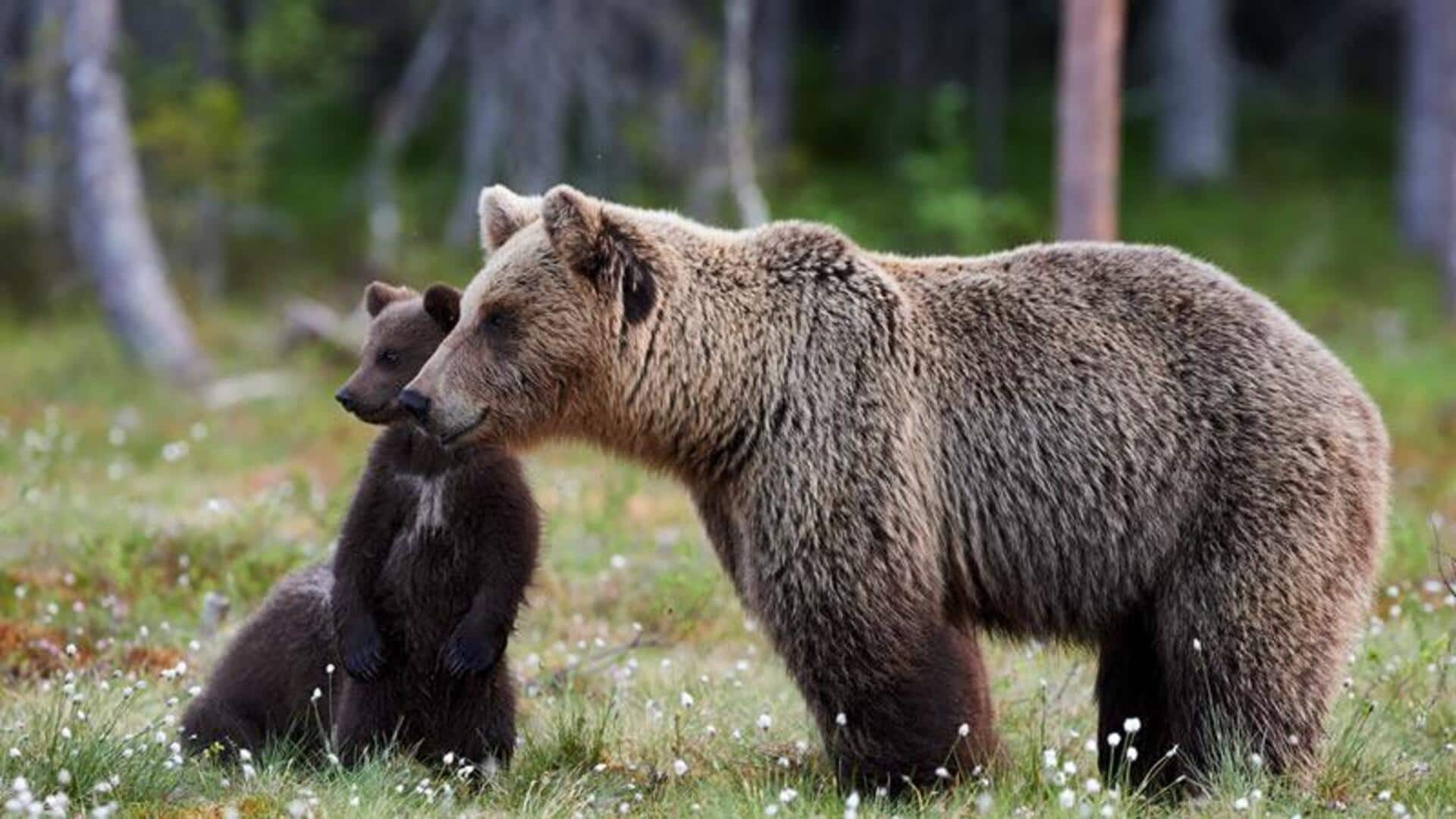
Virus responsible for COVID-19 now widespread among wild animals
What's the story
A recent study conducted in the US has revealed that SARS-CoV-2, the virus responsible for COVID-19, is now prevalent among wildlife.
The research involved testing nearly 800 nasal and oral swabs from animals in rehabilitation centers, or those trapped and released back into the wild.
"I think the big take-home message is that the virus is pretty ubiquitous," says Virginia Tech conservation biologist Amanda Goldberg.
Exposure details
High exposure rates detected in common species
The study discovered high exposure rates of up to 60% in some species.
Six different species were found with antibodies indicating previous SARS-CoV-2 infection.
These included eastern cottontail rabbits, raccoons, eastern deer mice, Virginia opossums, groundhogs, and eastern red bats.
Most of these species are common across North America, leading researchers to believe that wildlife exposure to the virus is widespread.
Transmission clarification
No evidence of virus transmission from wildlife to humans
Despite the widespread presence of SARS-CoV-2 in wildlife, the study found no evidence of the virus being transmitted back to humans from these animals.
Sites with high human activity had three times the prevalence of viral antibodies in animals, suggesting that humans are primarily responsible for spreading the virus.
"Humans pass on twice as many viruses to other animals as we receive from them," Goldberg explained.
Mutation concerns
Transmission and mutation in wildlife
The study also found evidence suggesting animal-to-animal transmission is occurring.
Multiple animals tested positive for the current infections at the same sites within four days of each other.
"The virus aims to infect more humans, but vaccinations protect many humans," says Virginia Tech molecular biologist Carla Finkielstein.
"So the virus turns to animals, adapting and mutating to thrive in the new hosts."
Sylvatic cycle
Concerns over potential sylvatic cycle
The researchers expressed concern about a potential sylvatic cycle, where the virus mutates enough to sustain itself in wild animal populations, becoming another possible source of new mutations with potential risks for humans.
Upon analyzing 126 blood samples, most of the strains in the wildlife were found to be the same as those found in humans.
However, one previously unreported mutation was detected in the virus taken from an opossum.